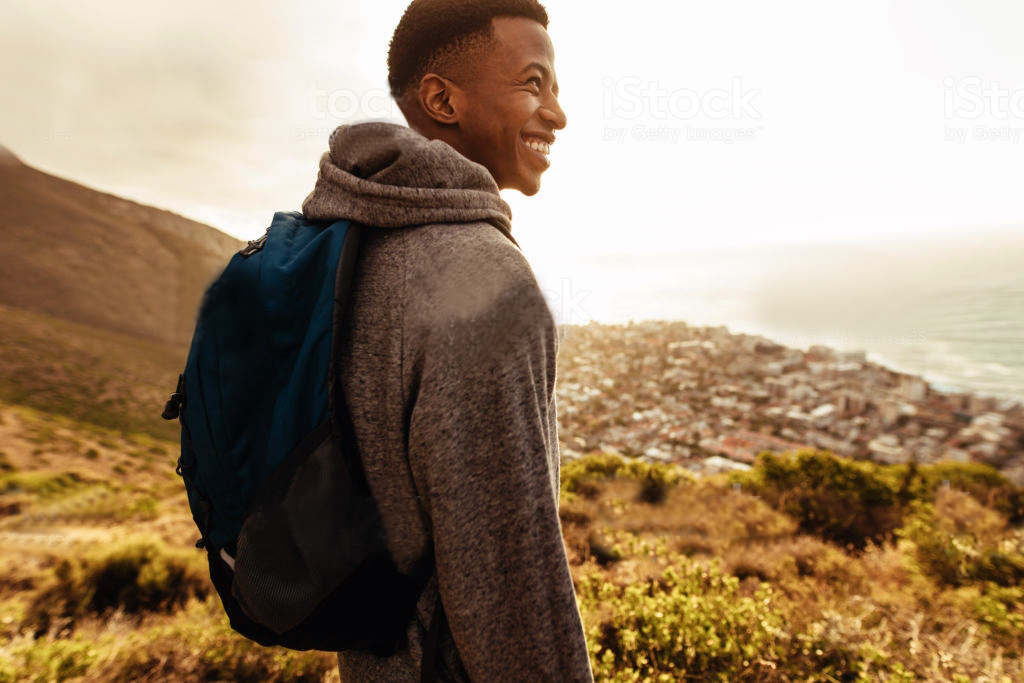Story by Alita Rickards. Photographs by Alita Rickards, Dawn Monette and Kevin Strong.
Seeking to escape the ravages of what some consider as one of the longest running civil wars in history, approximately 160,000 Burmese refugees live along the Thai-Burma border. Many have lived in camps since 1984 after the government launched an offensive attack, forcing 10,000 Karen refugees into Thailand.
According to the UN Refugee Agency, their situation is one of the “most protracted in the world,” resulting in “many social, psychological and protection concerns.” Refugees are restricted to nine closed camps (those found outside the camps are at risk of arrest and deportation) and have no legal rights to employment.
Though the April 1, 2012 elections that saw Aung San Suu Kyi’s National League for Democracy win 43 of 45 seats have brought newfound hope, people are living in a state of limbo. Many families have members who were political prisoners and could face charges or harassment if they returned to Burma. They have lost their homes and jobs, and often have no identification documents.
While basic needs such as food and shelter are met in the camps, there is little in the way of entertainment or play for the children. But for the past seven years, a group of circus performers has come from around the world to perform shows at the refugee camps once a year. Volunteering with Spark!Circus, a non-profit organization, the clowns, dancers, fire spinners, cortortionists and jugglers perform and teach workshops for the children, providing much-needed comic relief.
In January 2012, writer Alita Rickards took seven weeks off from her life and ran away to join the circus.

Join our community of savvy travellers and put nearly two decades of inspiring articles, authoritative information and expert advice to work for you.
Travel with purpose; travel for good. Articles, resources and events for ethical and meaningful travel, volunteering, working and studying abroad.
Verge believes in travel for change. International experience creates global citizens, who can change our planet for the better. This belief is at the core of everything we do.
In Thailand, as throughout Southeast Asia, Buddhist monks operate not only as spiritual guides but also form a social security network providing education and sometimes even food and shelter to those in need.
Young monks at the Prahita temple school acted as both guardians and teachers, and the children in the audience were strikingly calm and well-behaved. We performed inside the temple itself, which meant cutting the contortionist act from the show to avoid breaking the taboo of pointing feet at the Buddha.
Near the end of the day, younger monks participated in a few of the workshops. Though dancing is prohibited, it seemed that hula hooping was fine. Photo by Alita Rickards.